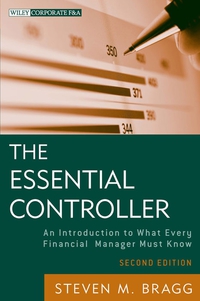Question
The Gingham Company's budgeted income statement reflects the following amounts: January Sales = $120,000 Purchases = 78,000 Expenses = 24,000 February Sales = 110,000 Purchases
The Gingham Company's budgeted income statement reflects the following amounts: January Sales = $120,000 Purchases = 78,000 Expenses = 24,000 February Sales = 110,000 Purchases = 66,000 Expenses = 24,200 March Sales = 125,000 Purchases = 81,250 Expenses = 27,000 April Sales = 130,000 Purchases = 84,500 Expenses = 28,600 Sales are collected 50% in the month of sale, 30% in the month following sale, and 19% in the second month following sale. One percent of sales is uncollectible and expensed at the end of the year. Gingham pays for all purchases in the month following purchase and takes advantage of a 3% discount. The following balances are as of January 1: Cash = $88,000 Accounts receivable* = 58,000 Accounts payable = 72,000 *Of this balance, $35,000 will be collected in January and the remaining amount will be collected in February. The monthly expense figures include $5,000 of depreciation. The expenses are paid in the month incurred. Gingham's expected cash balance at the end of February is: A) $87,000. B) $89,160. C) $92,000. D) $94,160. E) $113,300.
Step by Step Solution
There are 3 Steps involved in it
Step: 1

Get Instant Access to Expert-Tailored Solutions
See step-by-step solutions with expert insights and AI powered tools for academic success
Step: 2

Step: 3

Ace Your Homework with AI
Get the answers you need in no time with our AI-driven, step-by-step assistance
Get Started


